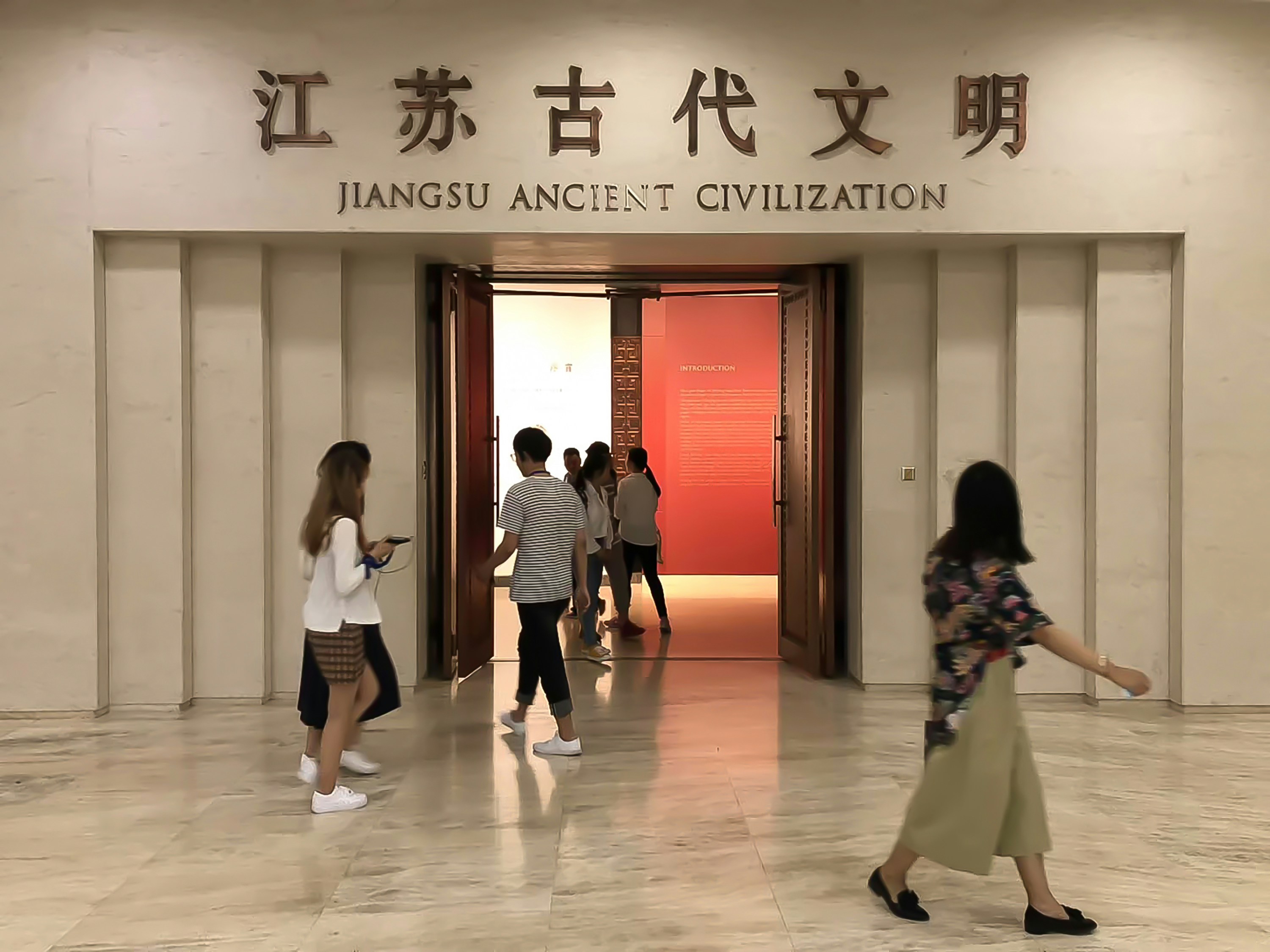
The Photosynthesis Process: Nature’s Oxygen Factory
The process of photosynthesis is fundamental to life on Earth, serving as nature’s primary method of producing oxygen. This complex biochemical process occurs primarily in the chloroplasts of green plants, where chlorophyll—a green pigment—plays a crucial role. Chlorophyll absorbs sunlight, which provides the energy needed to drive the photosynthetic reactions. The simplified chemical equation for photosynthesis is as follows:
[ 6CO_2 + 6H_2O + light energy rightarrow C_6H_{12}O_6 + 6O_2 ]
In essence, photosynthesis converts carbon dioxide (CO2) and water (H2O) into glucose (C6H12O6) and oxygen (O2). The sunlight absorbed by chlorophyll energizes electrons, which then facilitate the transformation of CO2 and H2O into glucose and oxygen. This process not only produces the glucose necessary for the plant’s own energy and growth but also releases oxygen as a byproduct, which is essential for the survival of aerobic organisms, including humans.
Stomata, small openings on the surface of leaves, play a critical role in gas exchange during photosynthesis. These pores open and close to regulate the intake of carbon dioxide and the release of oxygen. Within the leaf, the mesophyll cells contain chloroplasts where the light-dependent and light-independent reactions of photosynthesis occur. The light-dependent reactions, taking place in the thylakoid membranes, convert light energy into chemical energy (ATP and NADPH). The Calvin Cycle, or light-independent reactions, uses this chemical energy to synthesize glucose from carbon dioxide and water in the stroma of the chloroplast.
The importance of photosynthesis cannot be overstated. It is the cornerstone of life on Earth, maintaining the planet’s oxygen levels and supporting the vast majority of life forms. Without this vital process, the oxygen supply necessary for respiration in animals and humans would be severely compromised, leading to a collapse of the ecosystems dependent on it. Therefore, understanding and preserving the natural mechanisms of photosynthesis is crucial for sustaining life on our planet.
Trees as the Lungs of the Earth
Trees play an indispensable role in maintaining the balance of our planet’s atmosphere. Acting as the Earth’s lungs, they produce approximately 28% of the oxygen that we rely on for survival. To put this into perspective, a single mature tree can produce enough oxygen in one growing season to supply 10 people for an entire year. Forest ecosystems, particularly tropical rainforests, are exceptionally vital as they house a multitude of tree species that contribute significantly to global oxygen production. For instance, the Amazon Rainforest alone is responsible for generating about 20% of the world’s oxygen.
The relationship between trees and oxygen production is intricately linked with their ability to absorb carbon dioxide (CO2) during photosynthesis. By sequestering CO2, trees help mitigate the greenhouse effect, thus playing a crucial role in combating climate change. Different species of trees vary in their efficiency to produce oxygen and absorb CO2. Fast-growing species like the Poplar and Eucalyptus are highly efficient in CO2 absorption, whereas older, larger trees like the Oak store more carbon over their lifetimes, contributing to both oxygen production and climate regulation.
However, the adverse effects of deforestation and urbanization pose significant threats to this natural balance. Each year, we lose vast expanses of forests, which in turn diminishes global oxygen supply and exacerbates the concentration of CO2 in the atmosphere. The World Resources Institute reports that the planet loses an area equivalent to 27 soccer fields of forest every minute. This alarming rate of deforestation not only reduces oxygen levels but also disrupts ecosystems, leading to a decline in biodiversity and negatively impacting air quality worldwide.
In light of these challenges, forest conservation and reforestation efforts are imperative. Protecting existing forests and planting new trees can help restore the balance, ensuring a steady supply of oxygen and a reduction in atmospheric CO2 levels. Organizations and governments worldwide must collaborate to implement policies and initiatives that promote sustainable land use practices, curb deforestation, and support reforestation projects. The interconnectedness of trees, oxygen production, and human health underscores the urgent need for global action to safeguard our planet’s forests, thereby securing a breathable future for all.

















+ There are no comments
Add yours